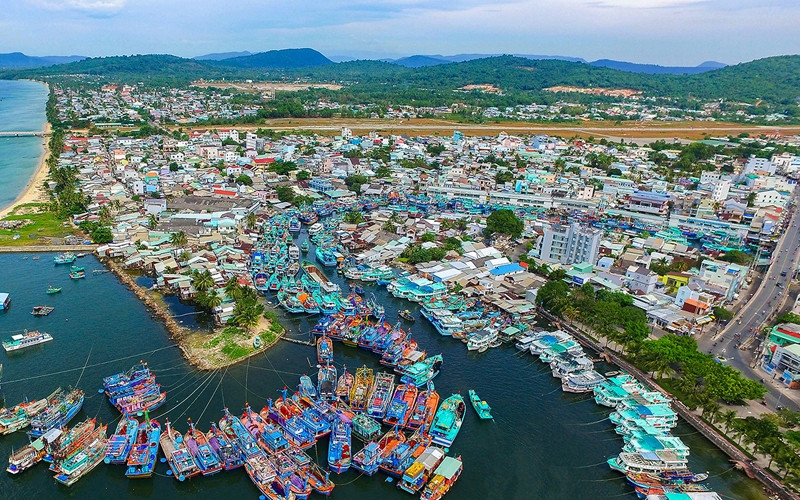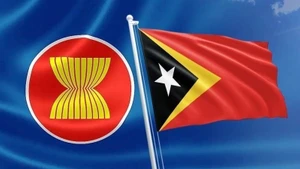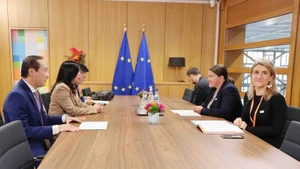United Nations Secretary-General Antonio Guterres called on countries to take advantage of every opportunity to revive tourism, a major engine of the global economy, capable of boosting development in many other areas.
According to statistics from the United Nations World Tourism Organisation (UNWTO), the “smokeless industry” contributes up to 10% to the global gross domestic product (GDP), creating jobs for 10% of the global workforce.
However, after more than two years struggling with the pandemic, tourism has been one of the industries hardest hit by the pandemic. Measures to blockade and restrict travel have caused each link in the tourism value chain, such as airlines, hotels, restaurants, and travel agencies to collapse or even go bankrupt.
When the pandemic broke out and spread in 2020, the number of international visitors decreased by 73%, equivalent to one billion visitors, causing the global tourism industry to lose more than 1.3 trillion USD. This terrible deficit is 11 times higher than the damage that this industry suffered during the world economic crisis of 2009.
In 2021, tourism activities were almost frozen, causing a loss of about 2 trillion USD to the global economy. In many countries, the number of workers who lost their jobs in the tourism sector accounted for nearly 30% of all unemployed.
Along with the transition from a “zero COVID” policy to a safe adaptation to the pandemic, the reopening and restoration of the tourism industry is an urgent need and an impetus for restoring the world’s economic growth momentum. The resumption of tourism activities in many countries from mid-2021 has brought about positive results. Thanks to a high vaccination coverage rate, Europe is a leading region in opening its doors to international tourists.
From March 1, the European Union (EU) has allowed visitors from countries outside the bloc to enter the EU provided they have had enough vaccine doses. A series of European countries have opened their doors to foreign tourists such as Greece, France, Portugal, Sweden, and Norway and they continue to ease entry regulations, such as removing the requirement for COVID-19 testing for travelers who have been vaccinated against COVID-19. Asian countries have also gradually piloted the restoration of tourism activities on a small scale for specific tourist destinations, towards a full opening.
In Southeast Asia, Cambodia launched a campaign “Cambodia: Green and Safe Tourist Destination”, since late January 2022, under which vaccinated tourists are welcome without quarantine. From February, Thailand resumed the Test & Go programme, allowing fully vaccinated international tourists to stay only one night at a hotel and await their COVID-19 test results.
Singapore has expanded its quarantine-free travel programme for tourists from Hong Kong (China), Qatar, Saudi Arabia and the United Arab Emirates (UAE) and will continue to add more destinations. The “Lion Island” will also restore and increase the number of people allowed to participate in the Vaccinated Travel Lane Programme, which has been restricted since December 2021 due to the outbreak of the Omicron variant. Meanwhile, Indonesia has implemented a pilot programme to exempt entry from quarantine for foreign visitors to the beautiful island of Bali from March 7.
The Philippines has also reopened to foreign visitors who have received the full doses of the vaccine from 157 countries and territories. Malaysia will fully open its borders and begin the transition to considering COVID-19 as an endemic disease from April 1, under which international travelers who have sufficient vaccinations and have a negative PCR certificate are allowed enter the country without quarantine.
Meanwhile, Laos will cautiously reopenaccording to three phases, allowing green areas including Vientiane, Luang Prabang city and Vang Vieng to gradually reopen and welcome tourists.
















